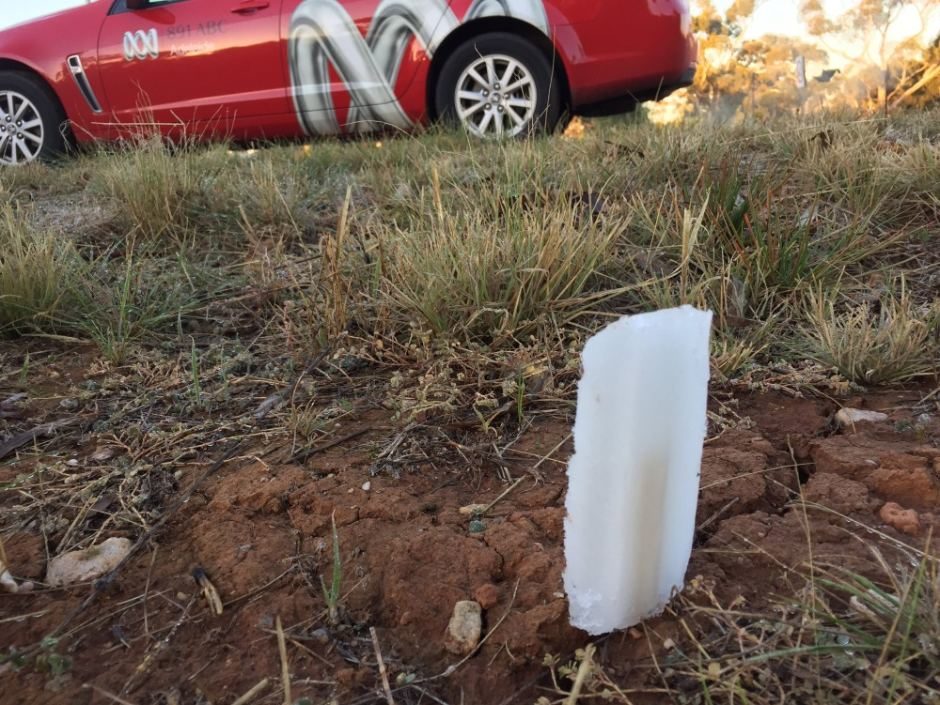A cursory review of articles about the upper atmosphere reveals many theories about the role of CO2 on temperatures aloft. By "Upper Atmosphere" we mean the region above the surface and below 100,000 feet. Actually, in this article, we will only concern ourselves with the region from 850 millibars to 100 millibars, which is about 5,000 feet to 55,000 feet.
In the early days of Global Warming, the theories predicted that the upper atmosphere would heat due to increases in CO2. Well, that didn't happen.
One recent article by NASA says that the Thermosphere (above 100,000 ft) has cooled in recent years due to decreased solar activity and a reduction in ultraviolet light. That certainly seems reasonable. Another article stated that if the lower atmosphere warms, the upper atmosphere must cool, which makes no sense to me.
Other articles posit that as CO2 increases the level at which radiation escapes to space also increases and the upper atmosphere warms. That also made no sense to me.
I decided to take a look at temperatures aloft and reasoned that the difference between day and night temperatures in the upper atmosphere might reveal whether the nighttime atmosphere is cooling faster or slower than in previous years. If cooling slower the temperature curves at 00z and 12z would tend to converge and if cooling faster the curves would diverge. Simple, right?

Comment: And Summer is just a few weeks away:
Ski resorts open on six continents as snow falls or remains on slopes worldwide
California's endless winter: 8 feet of snow remains on the ground in June